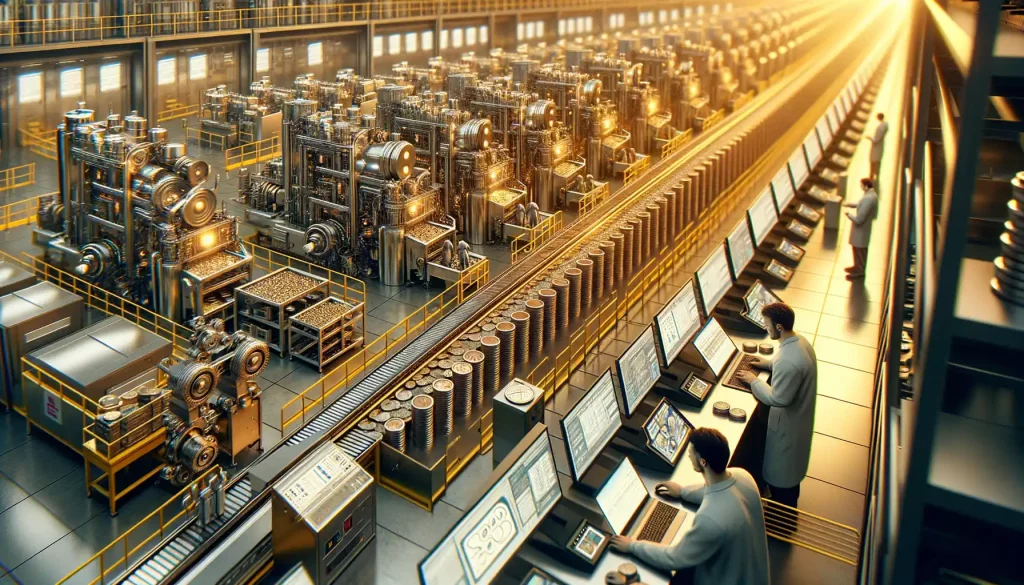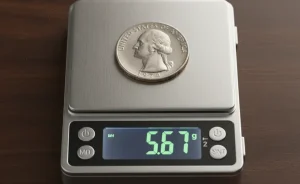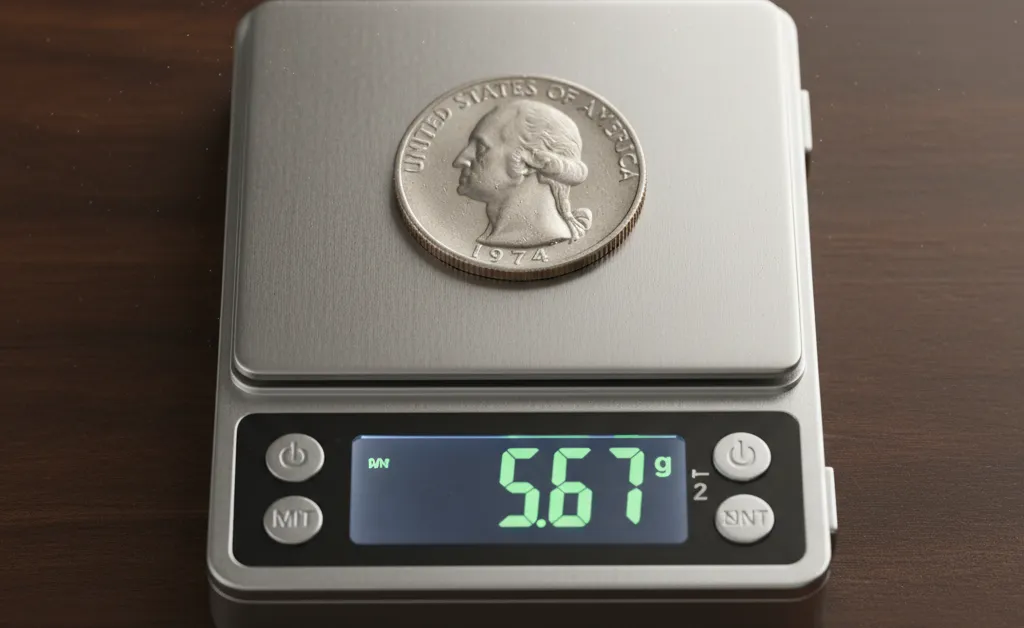Historical Evolution of Coin Production Technologies
The Ancient Birth of Coin Craftsmanship
Have you ever held a coin in your hand and imagined the sheer ingenuity behind its creation? The story of coin production stretches back over 2,600 years, to when ancient civilizations like Lydia (in what is now Turkey) forged the first coins from a mix of gold and silver, known as electrum. Picture this: early craftsmen painstakingly engraving designs onto hardened surfaces, then striking blank metal discs with a hammer. It was slow, laborious, and far from precise, yet it laid the foundation for currency as we know it today.
Fast forward to the Roman Empire, where things got serious. Roman mints employed assembly-line tactics—yes, ancient factories! Skilled workers would specialize in specific steps of the minting process, speeding up production and ensuring consistency. Coins became not just tools of trade but also powerful symbols of imperial authority, their intricate designs telling stories of conquests, gods, and emperors.
The Leap to Mechanized Coin Minting
The real game-changer? The invention of the screw press in the 16th century, which introduced mechanized precision to a process deeply rooted in manual labor. Suddenly, coin designs became sharper and more uniform.
This technological leap continued with steam-powered presses in the Industrial Revolution, pioneered by visionaries like Matthew Boulton and James Watt. Their advancements powered the Royal Mint’s operations, producing coins faster than ever before. By the 19th century, many nations were relying on similar innovations.
Key breakthroughs during this era included:
- Collar dies ensured edges had detailed patterns, adding security elements against counterfeiting.
- The introduction of rolling mills to flatten metal sheets for uniform blanks.
Every step in this evolution whispers a tale of human creativity—a persistent quest to transform raw metal into works of art embedded with trust and value.
Modern Technological Advancements in Coin Minting
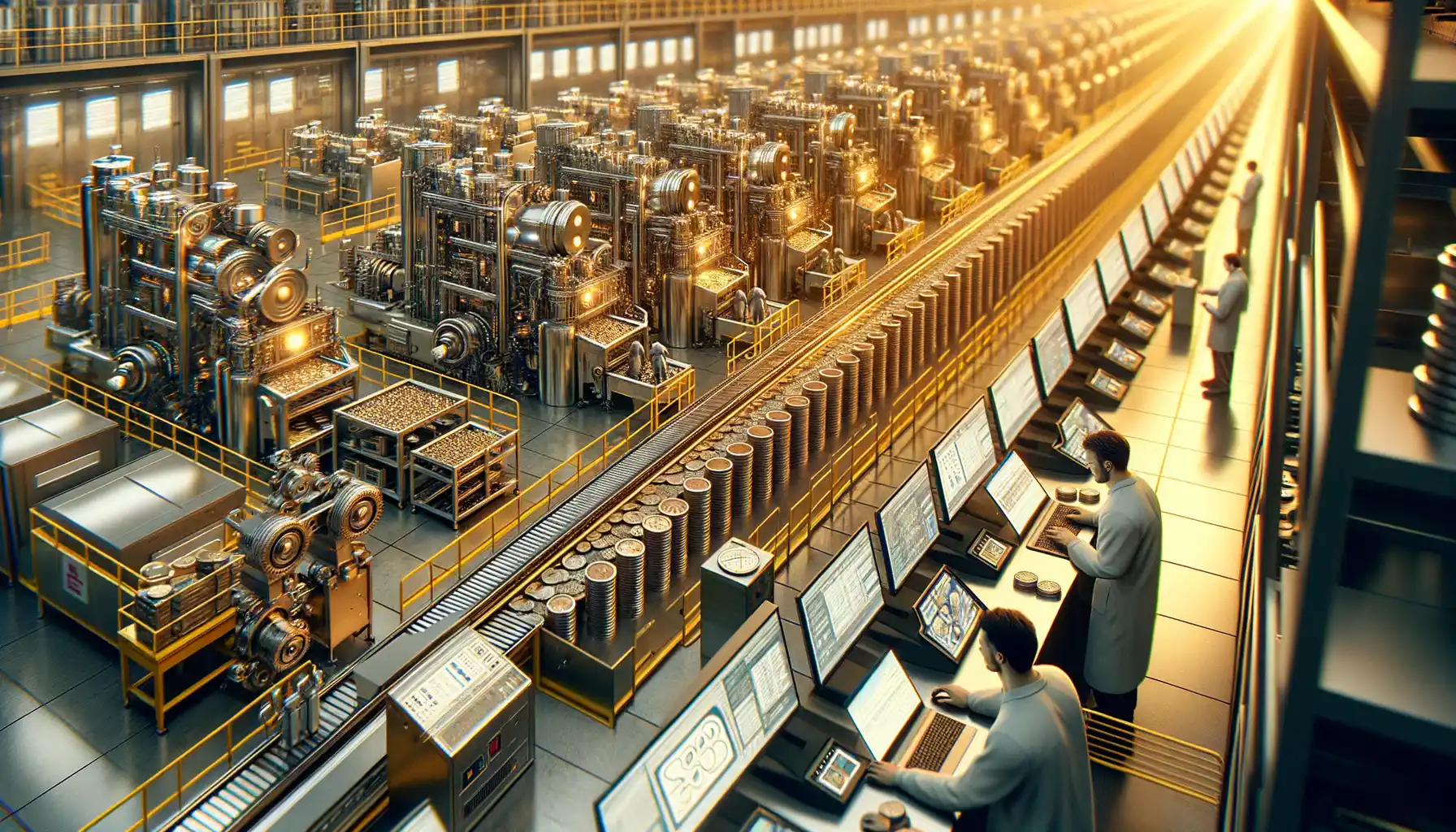
Revolutionizing the Minting Process: Precision Meets Innovation
Imagine the sound of a coin dropping into your palm—simple, timeless. But did you know that the elegant artistry behind that coin is now driven by cutting-edge technology? Modern coin minting has stepped into a realm once reserved for sci-fi movies, and the results are nothing short of jaw-dropping.
Today, lasers, AI, and even nanotechnology have become the unsung heroes in the minting process. For instance, laser engraving machines now carve intricate details onto dies with breathtaking accuracy, making tiny imperfections a thing of the past. It’s like swapping a paintbrush for a surgical scalpel! Then there’s the integration of robotic systems, which ensure coins are produced not just consistently, but at lightning speed. These robots don’t just follow orders—they adapt, monitor, and optimize production in real time. A big leap from the hammer-and-anvil days, wouldn’t you say?
- Advanced presses now strike coins with up to 1,000 strokes per minute.
- Specialized machines test every coin for weight, diameter, and even microscopic defects.
The precision we’ve achieved is almost poetic. What once relied on human judgment now rides on the shoulders of tireless, data-driven tech marvels. And it’s all happening behind the scenes, while we admire the gleaming result in our change jars.
Effects of Technology on Coin Design and Security

The Revolution in Coin Design Through Tech
Imagine holding a coin that feels futuristic, almost like it’s whispering stories of precision and creativity in your palm. Thanks to technological marvels like digital engraving and 3D modeling, today’s coin designs are nothing short of masterpieces.
Artists now unleash their imaginations using advanced CAD (Computer-Aided Design) software, where every ridge, texture, and curve is perfected before the first minting press strikes. Take, for instance, commemorative coins celebrating national events. These aren’t just currency—they’re pocket-sized pieces of art that feel alive with meaning.
And let’s talk about the details! Have you noticed how some designs shimmer differently depending on how you tilt them? That’s the magic of techniques like laser etching. It’s not just aesthetics—it’s sophistication with a purpose.
Security: Coins That Fight Back
Gone are the days when counterfeiters needed nothing more than some cheap metal and a bit of skill. Today’s coins are technologically armored guardians of value.
Behind their shiny exteriors, they now boast a hidden arsenal of features:
- Micro-text inscriptions, so tiny you’d need a magnifying glass to read them.
- Latent images—tilt the coin, and surprise! A new design appears, invisible at other angles.
- Reflective holograms that dazzle with rainbow colors when viewed under certain lights.
These innovations don’t just protect against counterfeiting; they make coins the ultimate proof of human ingenuity. Each feature tells would-be fraudsters, “Not today!”
Environmental Impacts of Modern Coin Production Technologies

When Technology Meets the Environment
It’s easy to marvel at the gleam of a freshly minted coin—its intricate design, sharp edges, and undeniable weight of value. But let’s pull back the curtain for a moment. Beneath that polished exterior lies a story of energy, resources, and environmental consequences. Modern coin production often dances perilously close to the line between innovation and environmental strain, leaving behind a trail of ecological footprints.
Consider this: the minting process involves extracting metals like copper, nickel, and zinc, which are anything but eco-friendly. Mining these materials disrupts ecosystems, releases harmful pollutants, and consumes staggering amounts of water. And then there’s the actual minting process. Advanced machines used to stamp, polish, and refine coins guzzle energy like they’re sipping coffee on a Monday morning.
- Industrial-grade furnaces emit greenhouse gases, contributing to climate change.
- The vast production chains create mountains of waste materials, much of it non-biodegradable.
- Even transport—a critical step—burns fuel and spews carbon emissions into the atmosphere.
And yet, the irony? Many of these coins are destined to jingle in our pockets as symbols of wealth, while their creation quietly chips away at natural resources. Quite a cost for “change,” isn’t it?
Innovative Solutions or Just Polished Greenwashing?
Now, here’s where modern advancements claim to shine—or do they? Some mints are adopting so-called “green technologies.” For example, renewable energy sources like solar or hydropower are being tested to reduce reliance on fossil fuels. Others explore recyclable alloys that promise durability and sustainability.
But here’s the twist: are these efforts genuine problem-solvers, or just a shiny compromise to mask deeper issues? It’s hard not to wonder. The reality is that even with these innovations, challenges persist. Recycling metals often demands immense energy, and scaling up sustainable practices remains a logistical tightrope walk.
So next time you hold a glittering coin, take a moment. That little disc may be small, but its environmental ripple effect? Massive.
Future Trends in Coin Manufacturing Innovations
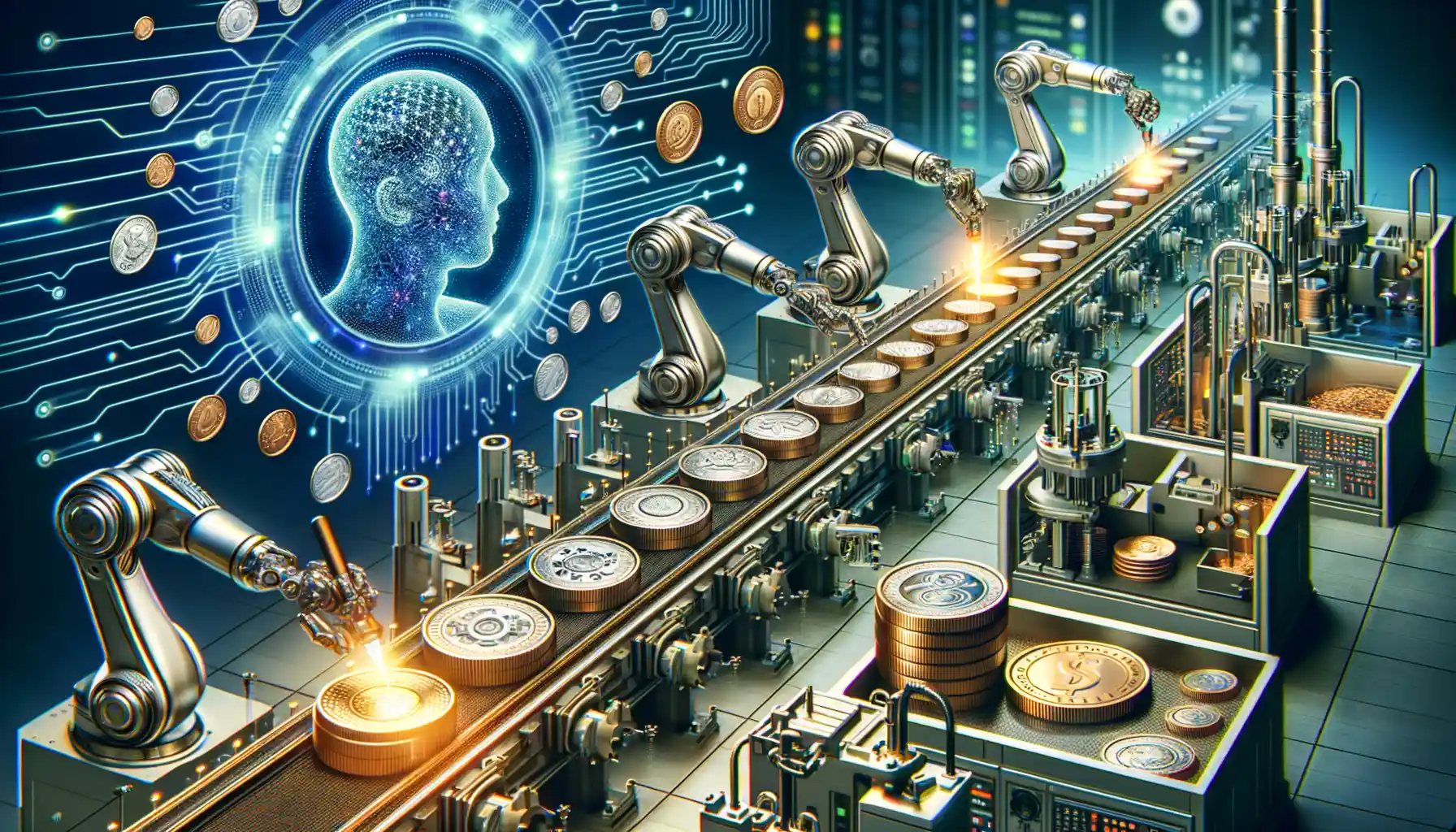
The Rise of Smart Coins: Where Tradition Meets Tech
Imagine pulling a coin from your pocket that does more than just jingle—it *communicates.* The future of coin manufacturing is heading toward the creation of what some experts are calling “smart coins.” These aren’t your run-of-the-mill tokens; they’re mini wonders of engineering.
Picture coins embedded with NFC (Near Field Communication) chips, allowing instant verification of authenticity with a tap of your smartphone. No more worrying about counterfeits sneaking into the system. Some prototypes even explore the integration of blockchain technology, creating a fully traceable history for each coin—like a digital diary etched in metal. Innovative features like these could bring an almost sci-fi level of transparency and trust to everyday currency.
- Interactive coins: Coins that link to apps or websites, blending physical and digital worlds.
- Eco-tech alloys: Future coins might be made from recycled metals infused with sustainable coatings to reduce environmental impact.
Game-Changing Minting Techniques You’ll Love
The way coins are made is also about to get a jaw-dropping upgrade. Think of cutting-edge technologies like laser engraving and automated multi-axis presses pushing precision to an art form. This could mean hyper-detailed designs—like hologram-esque patterns that shimmer in the light or interactive surfaces that reveal hidden images when touched.
And let’s not forget the move toward decentralized minting facilities. Expertly calibrated portable mints may soon produce coins on-demand, shifting production closer to communities. It’s like local farming but for currency—a fascinating mix of cutting out middlemen while maintaining quality. What a time to be alive, right?

